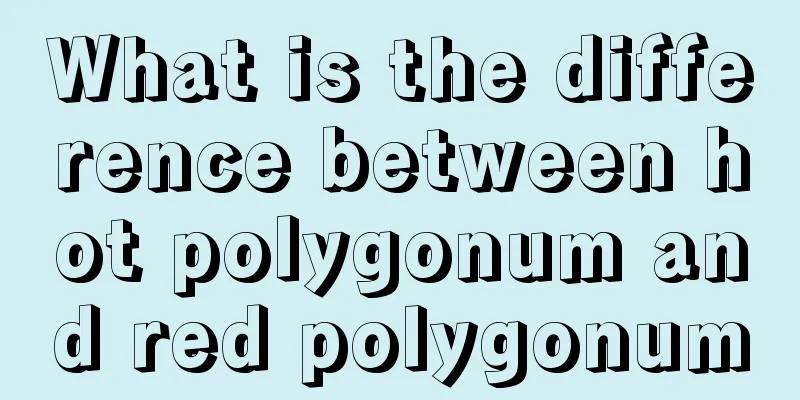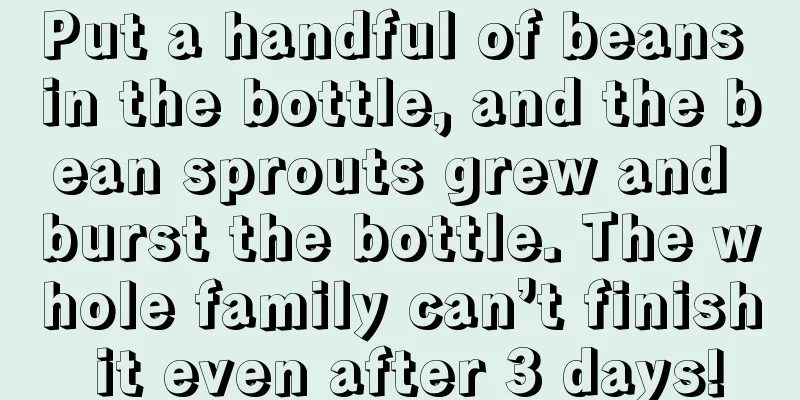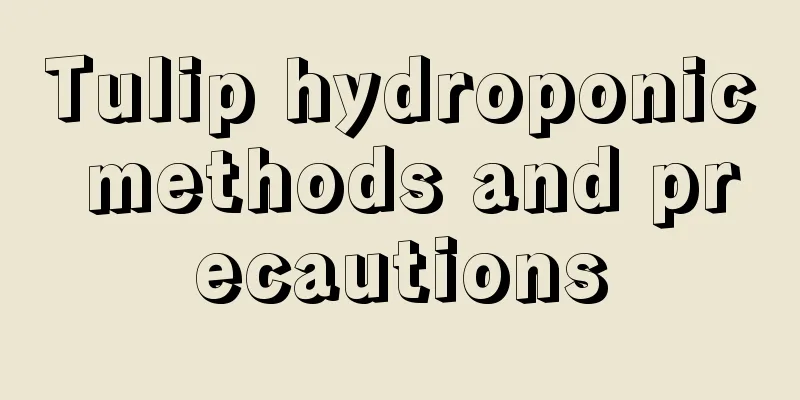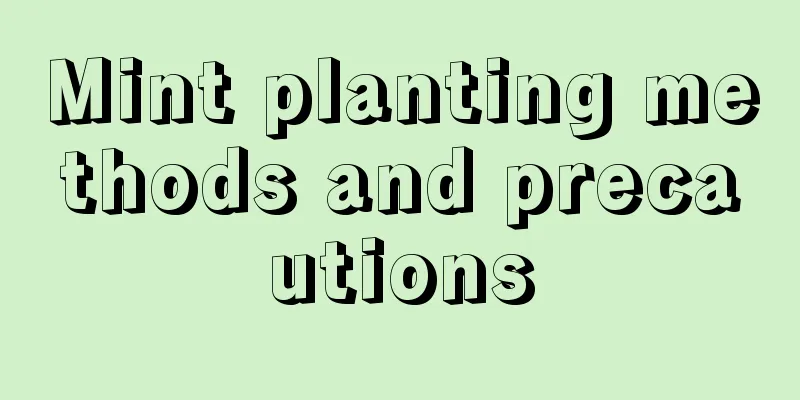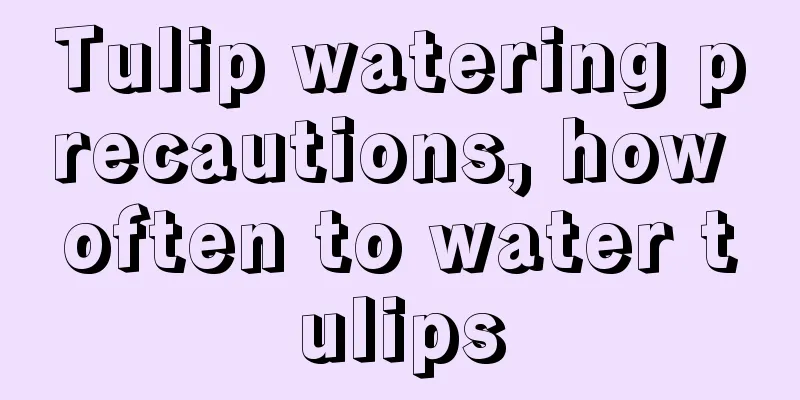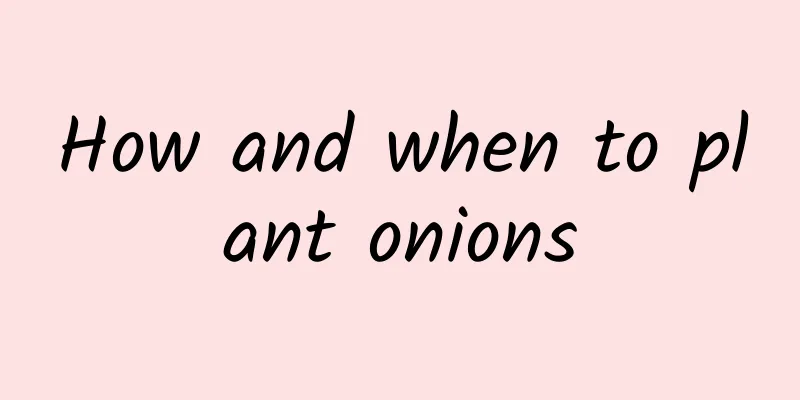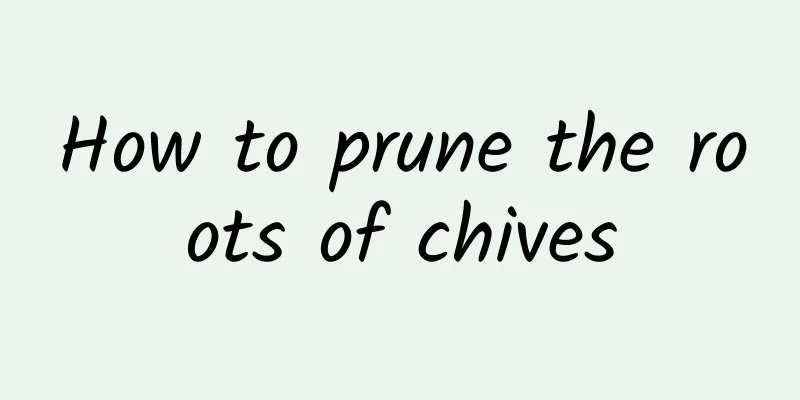What pests can Tolfenpyrad control?
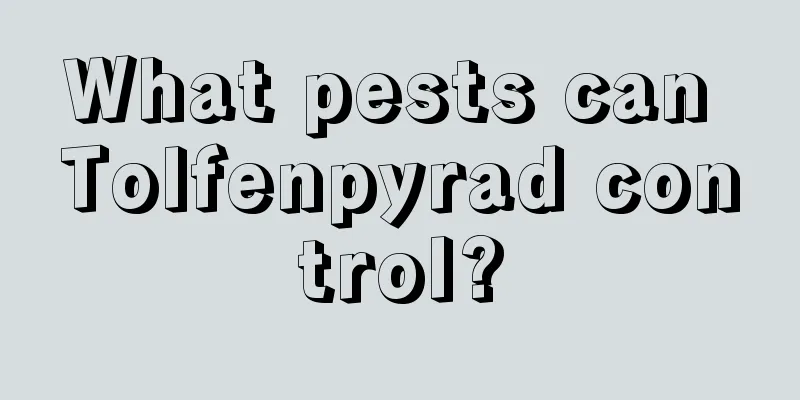
|
Tolfenpyrad is a new type of pyrazoamide insecticide and acaricide with the characteristics of low toxicity, high efficiency and rapid degradation. So what pests can tolfenpyrad control? Let’s learn more about it below. All"> What pests can Tolfenpyrad control? Tolfenpyrad has a broad insecticidal spectrum and has a high control effect on Lepidoptera, Hemiptera, Coleoptera, Hymenoptera, Diptera, Thysanoptera pests and mites, especially against resistant pests such as thrips , diamondback moth, scale insects, and tea green leafhoppers. It can be widely used in pest control of vegetables , fruit trees, flowers , tea and other crops. How to use Tolfenpyrad? 1. Application period It is recommended to apply pesticides during the peak period of pest egg hatching to the period of early nymphs, and adjust the interval between each application according to the severity of the pest occurrence, usually around 7-15 days. 2. Usage (1) To control pests such as thrips, diamondback moth, tea green leafhopper, aphids, scale insects, rust mites, psyllids, leafminers, rust mites, etc., use 30-50 ml of 15% tolfenpyrad suspension per mu, add 15-30 kg of water and spray evenly. (2) To control highly resistant pests such as diamondback moth, fall armyworm, and cotton bollworm, use 30-50 ml of 11.8% emamectin benzoate·tofenapyr suspension per mu, add 15-30 kg of water and spray. The spraying should be as even as possible. 3. Notes (1) Tolfenpyrad is a toxic insecticide . When using it in the field, you must pay attention to safety and wear protective clothing and a mask. (2) Tolfenpyrad should not be mixed with copper preparations or alkaline agents, otherwise the efficacy of the drug will be reduced. (3) Tolfenpyrad is highly toxic to bees, fish, and silkworms. Therefore, it is toxic to birds, bees and silkworms. It is prohibited in bird sanctuaries, during the flowering period of flowering plants, and near silkworm rooms and mulberry gardens. (4) Tolfenpyrad may cause phytotoxicity to cucumber, eggplant, tomato and cabbage seedlings, so caution should be exercised when using it. (5) When using tolfenpyrad, be sure to use the secondary dilution method and prepare it before use. In general, tolfenpyrad is a widely used insecticide that can control a wide range of pests. However, when using it specifically, we must pay attention to rational use and environmental protection issues to ensure its safe and effective application in agricultural production.
|
<<: Cucumber Diseases Pictures and Prevention
>>: What pests does Emamectin Benzoate control?
Recommend
How to care for baby's breath after germination
1. Soft sunlight Gypsophila loves sunlight very m...
Can cherry blossoms be transplanted in autumn? Transplanting season and precautions
Can cherry blossoms be transplanted in autumn? Ch...
What kind of pot should be used to plant Desert Rose?
1. Choose a pot There are many kinds of pots made...
Chamomile cultivation methods and precautions
1. Maintenance methods 1. Soil: When planting cha...
What flowers are suitable for growing in Hotan, and what are the city flowers and trees?
1. Climate characteristics of Hotan Hotan has an ...
Small pumpkin planting time and method cultivation management technology
Pumpkin planting time Small pumpkins are suitable...
The symbolism of flowers
1. Plum Blossom The plum blossom is a very common...
When is the best time to plant spinach?
Spinach is a highly adaptable vegetable that can ...
How to trim lilies to look good
When is the right time to prune lilies? The best ...
Why doesn't the osmanthus tree bloom?
1. Unsuitable soil It grows more suitably in sand...
How to maintain purple bamboo and make it grow well
Purple Bamboo Growing Conditions Purple bamboo ha...
How to prune the yellow jasmine after it blooms
Pruning after flowering Pruning time: Yellow jasm...
How to plant and manage peanuts during flowering to achieve high yields (Key points of peanut flowering management technology)
1. Watering to fight drought Peanuts are deep-roo...
Planting methods and precautions for longevity tree potted plants
The longevity tree is one of the most popular flo...
Epiphyllum cultivation methods and precautions
Epiphyllum belongs to the Cactaceae family and is...
